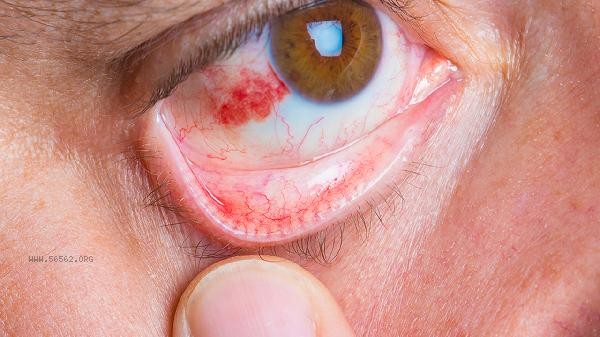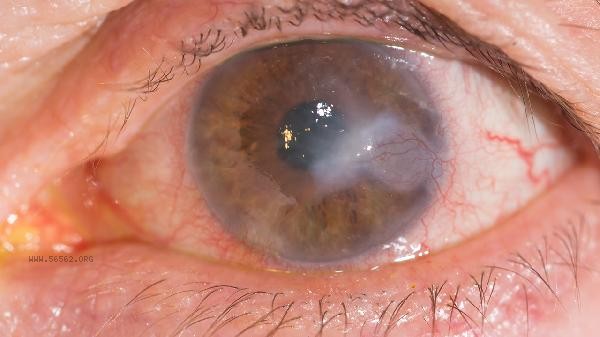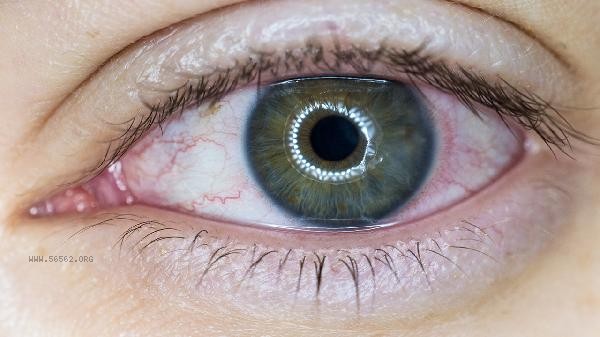The main symptoms of retinal hemorrhage caused by high blood pressure include blurred vision, visual field defects, eye pain, etc. Solutions include controlling blood pressure, medication treatment, and surgical treatment. hypertension can cause retinal blood vessel rupture or exudation, and timely intervention is necessary to avoid visual impairment.

1. Symptom presentation: Common symptoms of retinal hemorrhage caused by hypertension are blurred vision, and patients may feel black shadows in front of their eyes or partial loss of vision. Severe cases may be accompanied by eye pain, headache, and even a sharp decline in vision. These symptoms suggest that the retinal blood vessels may be damaged and require prompt medical examination.
2. Control blood pressure: Hypertension is the fundamental cause of retinal hemorrhage, and controlling blood pressure is key. It is recommended to regularly monitor blood pressure and maintain a healthy lifestyle. Reduce salt intake in diet and eat more potassium rich foods such as bananas and spinach. Moderate exercise such as walking and yoga can help stabilize blood pressure. If necessary, take antihypertensive drugs such as amlodipine, valsartan, etc. under the guidance of a doctor.

3. Medication therapy: For retinal hemorrhage, doctors may prescribe medication to promote blood absorption and repair blood vessels. Common medications include hemostatic drugs such as tranexamic acid and microcirculation improving drugs such as compound Danshen tablets. Vitamin C and vitamin E help enhance vascular elasticity and reduce the risk of bleeding.
4. Surgical treatment: For severe retinal hemorrhage, surgical treatment may be necessary. Laser photocoagulation is a commonly used method that seals the bleeding point with laser to prevent further bleeding. Vitrectomy is suitable for patients with large amounts of bleeding that affect vision. It involves surgical removal of intraocular hemorrhage to restore vision. Minimally invasive surgery such as intravitreal injection can also be used for treatment.
5. Prevention and daily care: The key to preventing retinal hemorrhage is to control hypertension. Regular physical examinations are conducted to monitor blood pressure and eye health. Avoid excessive eye use and maintain eye hygiene. Quit smoking and limit alcohol consumption to reduce damage to blood vessels. Maintain emotional stability and avoid excessive tension and anxiety. High blood pressure causing retinal hemorrhage should be taken seriously. Timely measures such as controlling blood pressure, medication treatment, or surgical treatment can effectively alleviate symptoms and prevent further visual impairment. Regular check ups, a healthy lifestyle, and following medical advice for treatment are key to protecting vision. If symptoms such as blurred vision or eye pain occur, seek medical attention as soon as possible to avoid delaying the condition.









Comments (0)
Leave a Comment
No comments yet
Be the first to share your thoughts!